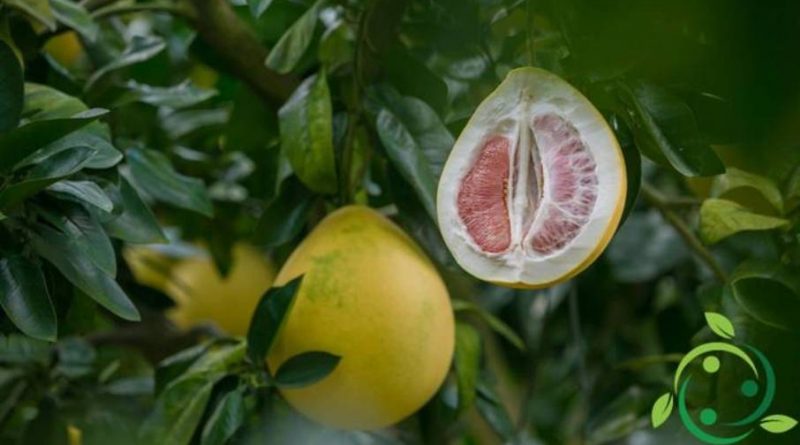How to grow pomelo
How to grow pomelo
Pomelo, pummelo or pampaleone (Citrus maxima (Burm.) Merr.) Is a fruit tree belonging to the Rutaceae family and to the genus Citrus and according to Maisto it is the oldest citrus cultivated by man and one of the three species from which it derives all citrus fruits known today. In this sheet we see how to grow pomelo.
It is a citrus fruit of considerable size and is the citrus that reaches the largest size among all citrus fruits (can reach the size of a soccer ball).
It can have a more or less accentuated pear shape depending on the variety and has a flavor that is reminiscent of grapefruit but a bit sweeter. This citrus tree originating from the Malaysian forests can be cultivated only in some Italian microclimates limited to some coastal areas of the south and the islands. In fact, it wants an average annual temperature around 28 ° C and clearly irrigations in the spring and even autumn seasons.
As for the type of soil it is good that it is permeable and tolerates well even soils with a certain level of salinity; indeed some farmers claim that salinity is the true secret of fruits with a more pleasant taste. However the optimal soil is slightly acidic, deep, with good drainage and rich in fertile substance. It is necessary to make organic fertilizer to maintain high soil fertility.
The pomelo likes a grassy patch that repairs the soil and keeps its roots fresh and to protect the soil and therefore the delicate roots; for this reason we recommend mulching with vegetable straws.
The pomelo should be planted already grafted and the rootstocks most used are the Cleopatra mandarin or other types of pomelo.
For pruning we recommend a light intervention every year to reduce its height and allow the air to penetrate well within the foliage as it is also done for other citrus fruits.
Pomelo bloom occurs two to four times a year, so the harvest of this fruit takes place several times during the year, in Asia under optimal conditions there are up to 4 crops.
As for adversities, in our climates, they are similar to those of lemons.
The pomelo has interesting properties: it contains vitamin C, the B vitamins, including vitamin B9, or folic acid very important for mothers during pregnancy to ensure an excellent development to the baby that will be born. It is also rich in potassium that has tonic properties for the heart and helps regulate blood pressure.
It is useful for all those people who are on a diet because it provides a feeling of satiety and accelerates the synthesis of proteins and fats in the body. Furthermore its rich fiber content is beneficial for the function of the intestine. It can also be consumed by those on a diet or those who tend to get fat because its caloric intake is low in fact 100 g of pulp bring about 35 kcal. The peel from which it is extracted its essential oil can be candied, the pulp as well as being tasted raw is tasty in salads of oriental type and in the fruit salads to which it gives a pleasant taste between sweet and sour.

